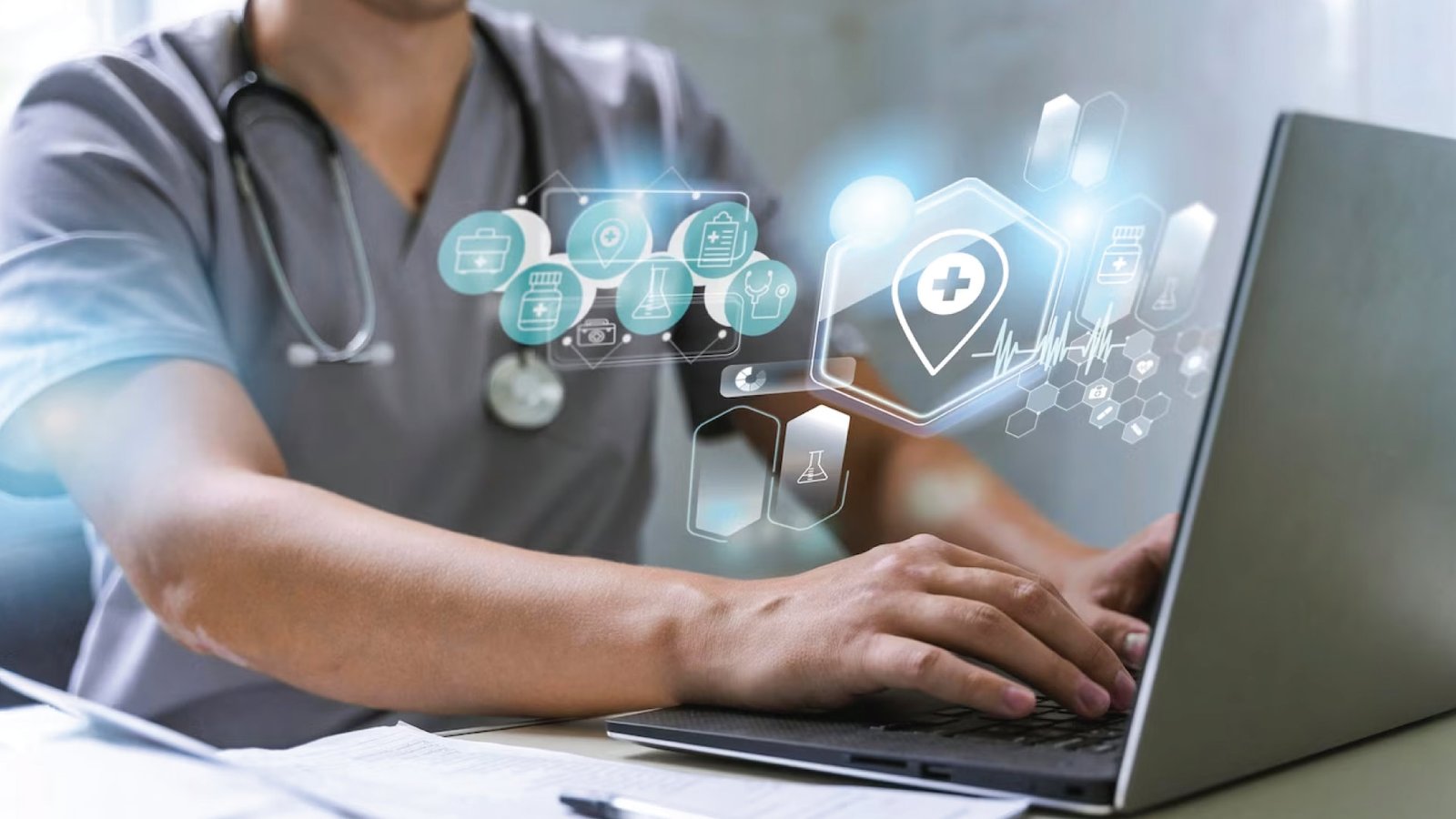In today’s fast-paced world, technology has become an integral part of our lives. With the rapid advancements in technology, it is essential to keep up with these changes to succeed in both our personal and professional lives. The benefits of technology knowledge are numerous, and in this article, we will explore how it can positively impact your life.
Communication: Technology has revolutionized the way we communicate with one another. From social media platforms to video conferencing software, there are countless ways to stay connected with people around the world. Having knowledge of different communication tools and platforms can make communicating with others more efficient and effective.
Improved productivity: Technology has made it easier to get more done in less time. From scheduling appointments to managing tasks, different software and apps can help you stay organized and on top of your priorities. Additionally, tools like automation software help eliminate repetitive tasks, allowing you to focus on more essential tasks.
Access to information: With the internet at our fingertips, we have unprecedented access to information. Keeping up with the latest developments in technology and other industries can help you stay ahead of the curve. In turn, this knowledge can help you make more informed decisions in both your personal and professional life.
Better job opportunities: In today’s job market, technology skills are highly sought after. Having knowledge of different software and tools can increase your chances of landing a job in your desired field. Additionally, continued education and upskilling can help advance your career and increase your earning potential.
Personal growth: Learning new technology skills can also contribute to personal growth. The satisfaction of mastering a new skill can boost your confidence and self-esteem. Additionally, staying up-to-date with the latest advancements in technology can broaden your horizons and expose you to new ideas and opportunities.
In conclusion, having knowledge of technology can bring numerous benefits to your personal and professional life. From improved communication to increased productivity and better job opportunities, staying up-to-date with the latest advancements can help you succeed in today’s fast-paced world. Additionally, the personal growth that comes along with learning new skills makes it a worthwhile investment of your time and effort.…



